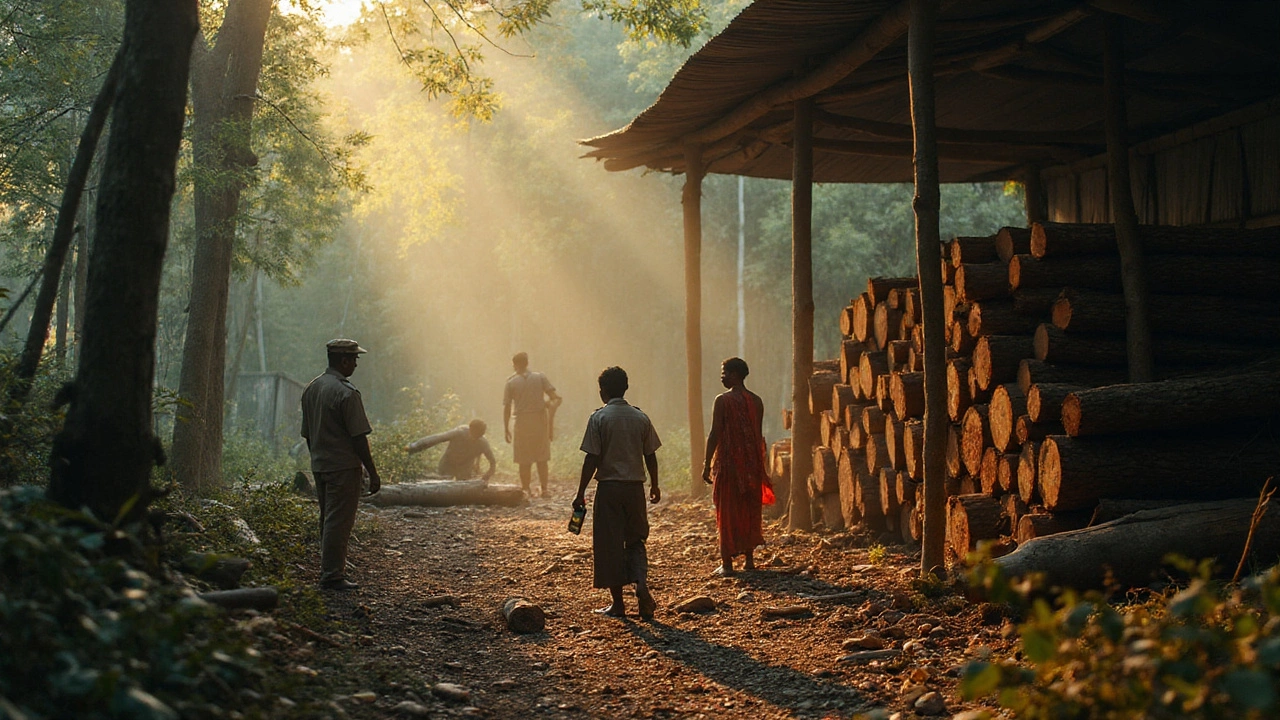Wood Stove Emissions: Health Risks, Clean Alternatives, and Real Solutions
When you light a wood stove, you’re not just warming your home—you’re releasing a mix of toxic particles and gases into the air. This is wood stove emissions, the harmful byproducts released when wood burns incompletely, including fine particulate matter, carbon monoxide, and volatile organic compounds. Also known as biomass smoke, it’s one of the leading causes of indoor air pollution in rural and semi-urban India. Unlike outdoor pollution, which gets diluted by wind, these pollutants stay trapped inside homes, especially where ventilation is poor. The World Health Organization estimates that over 3 million people die each year from exposure to household air pollution—most of it from burning solid fuels like wood.
What’s in that smoke? fine particulate matter, tiny airborne particles smaller than 2.5 micrometers that can sink deep into lungs and even enter the bloodstream is the biggest danger. It’s linked to chronic bronchitis, heart disease, and lung cancer. Then there’s carbon monoxide, a colorless, odorless gas that reduces oxygen delivery to organs and can cause dizziness, confusion, or death in high concentrations. And let’s not forget polycyclic aromatic hydrocarbons—known carcinogens that cling to soot. These aren’t abstract risks. They’re daily realities for families cooking with wood stoves in villages across Bihar, Jharkhand, and Odisha.
But this isn’t just about old stoves. Even modern ‘efficient’ wood stoves still emit more pollution than LPG or electric cooktops. Studies from the Indian Institute of Technology and the Council on Energy, Environment and Water show that switching to clean fuel can cut household emissions by over 80%. That’s not a small gain—it’s life-changing. And it’s not just about health. Cleaner stoves mean less time spent collecting firewood, fewer respiratory visits to clinics, and better school attendance for kids.
The good news? Solutions exist. But they need to be practical, affordable, and culturally accepted. A government subsidy alone won’t fix this. People need stoves that work with the wood they already use, that don’t require constant maintenance, and that fit into daily routines. That’s why some of the most successful programs combine clean tech with local training and feedback loops—making sure the fix matches the real problem.
Below, you’ll find real stories and data-driven insights from Indian researchers and public health programs tackling this issue head-on. You’ll see what works, what doesn’t, and how simple changes are saving lives—not just in remote villages, but in cities where wood burning still happens in winter. This isn’t about replacing tradition. It’s about protecting people without asking them to give up what they know.




